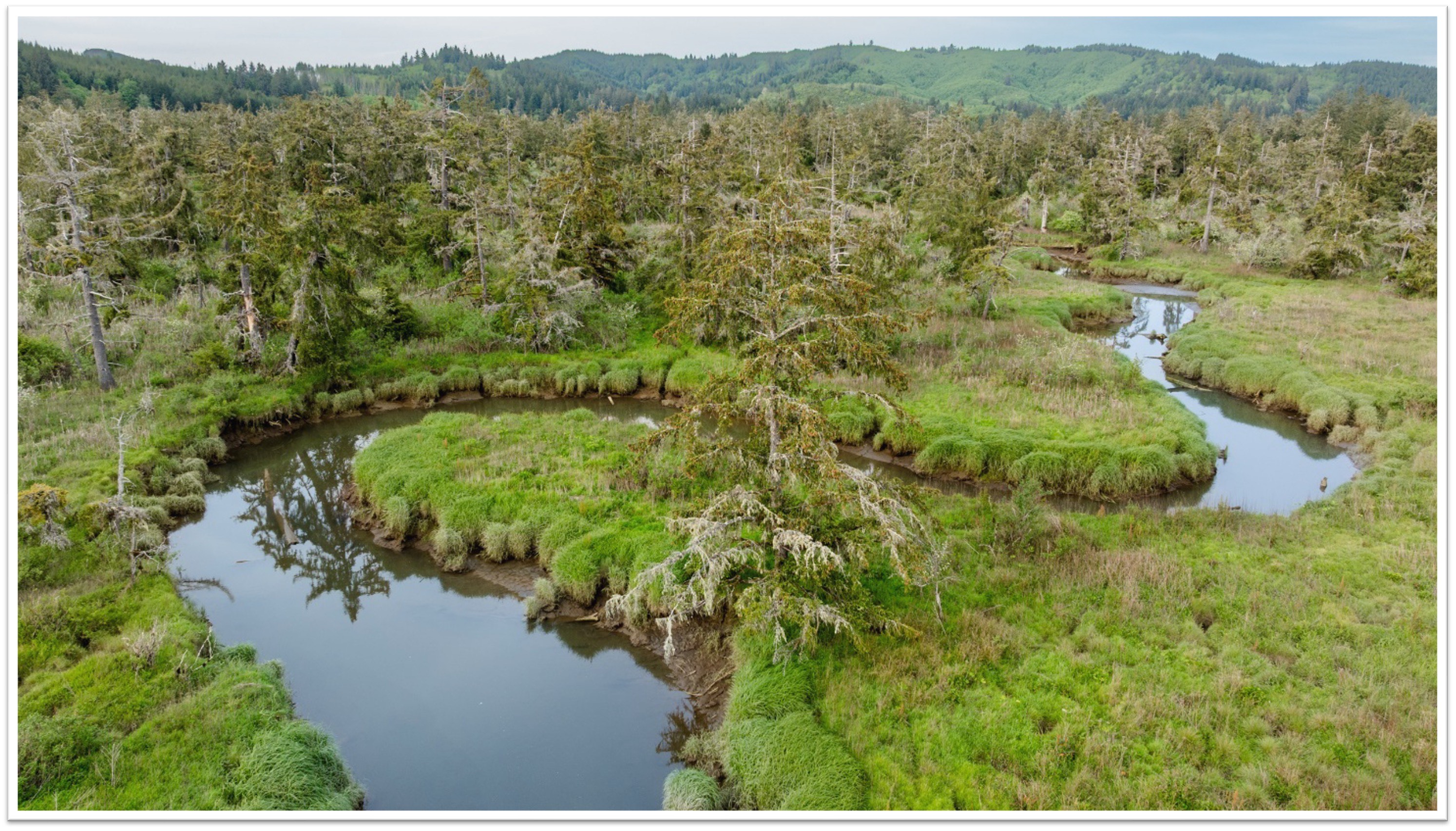Salmon returns fall short in Columbia River Basin but officials see signs of progress
Published 9:35 am Thursday, December 19, 2024

- Bonneville Dam is the last of 14 dams on the Columbia River before it empties into the Pacific Ocean.
Officials are still not close to reaching their goal of returning at least 5 million salmon and steelhead to the Columbia River Basin. However, new data shows a positive trend in total abundance of fish in the basin.
That’s according to the Northwest Power and Conservation Council, which on Dec. 10 met over Zoom to discuss the latest data of salmon and steelhead populations in the Columbia River Basin.
Before 1850, salmon and steelhead runs to the Columbia River Basin were estimated to have been between 10 to 16 million annually. Dams significantly fractured those runs, and in the 1990s, runs declined to about 1 million a year.
However, the most recent 10-year rolling average from 2014-2023 stands at 2.3 million salmon and steelhead returning to the basin, similar to the average of 2.4 million fish between 2004-2013, and an improvement from the average in the 1990s which fell to 1.3 million fish, according to data from the council.
“Increased salmon and steelhead abundance in the Columbia River Basin — especially above Bonneville Dam — over the past 40 years marks important progress,” Council Member Louie Pitt, who represents Oregon and is a member of the Confederated Tribes of the Warm Springs, said in a press release.
The program’s numerical goals for salmon and steelhead, including the overall goal of 5 million fish, are part of an overarching objective to protect, mitigate and enhance salmon and steelhead adversely affected by the Columbia River hydroelectric power system, including spawning grounds and habitat.
Total spring Chinook from 2008 to 2017, were 79% hatchery fish, according to a 2020 National Marine Fisheries Service, or NOAA Fisheries, report. Total summer and fall chinook were 61% hatchery fish.
Total summer steelhead were 79% hatchery fish. Total winter steelhead were 64% hatchery.
The Northwest Power and Conservation Council was established in 1980 by the Northwest Power Act, which authorized Idaho, Montana, Oregon and Washington to develop a program to protect, mitigate and enhance fish and wildlife impacted by hydropower systems in the Columbia River Basin.
The council’s fish and wildlife program is funded by the Bonneville Power Administration, and it directs more than $280 million annually to cover 300 projects throughout the basin.
In 1987, the council set a goal to have 5 million salmon and steelhead return to the basin past Bonneville Dam by 2025. And through the 1990s, 12 salmon and steelhead populations in the Columbia River Basin were listed for protection under the Endangered Species Act as run sizes continued to decline.
Since then, the closest the council has been to reaching its 5 million goal was in 2014, when 4.6 million salmon and steelhead returned to the basin.
While dams are a primary hindrance to salmon and steelhead population recovery, these fish also face severe stresses from climate change, pressures from human population growth in the basin, and other environmental impacts, Pitt said.
“We cannot ease up in our collective efforts to help these fish populations grow stronger and larger everywhere we can — including in blocked areas of our basin such as above Chief Joseph and Grand Coulee dams,” Pitt said.
Ed Schriever, a council member who represents Idaho and is a former director of the Idaho Department of Fish and Game, said the progress is a result of the coordination between state, federal and tribal agencies and other partners across the Columbia River Basin.
“Over the past four decades the region’s fish and wildlife managers have significantly increased their capacity to perform mitigation, stewardship, and enhancement,” Schriever said in the press release. “The managers have also refined their methods and processes as our scientific understanding has evolved and grown more sophisticated. The work being done today is more directed and purposeful than it has ever been.”





